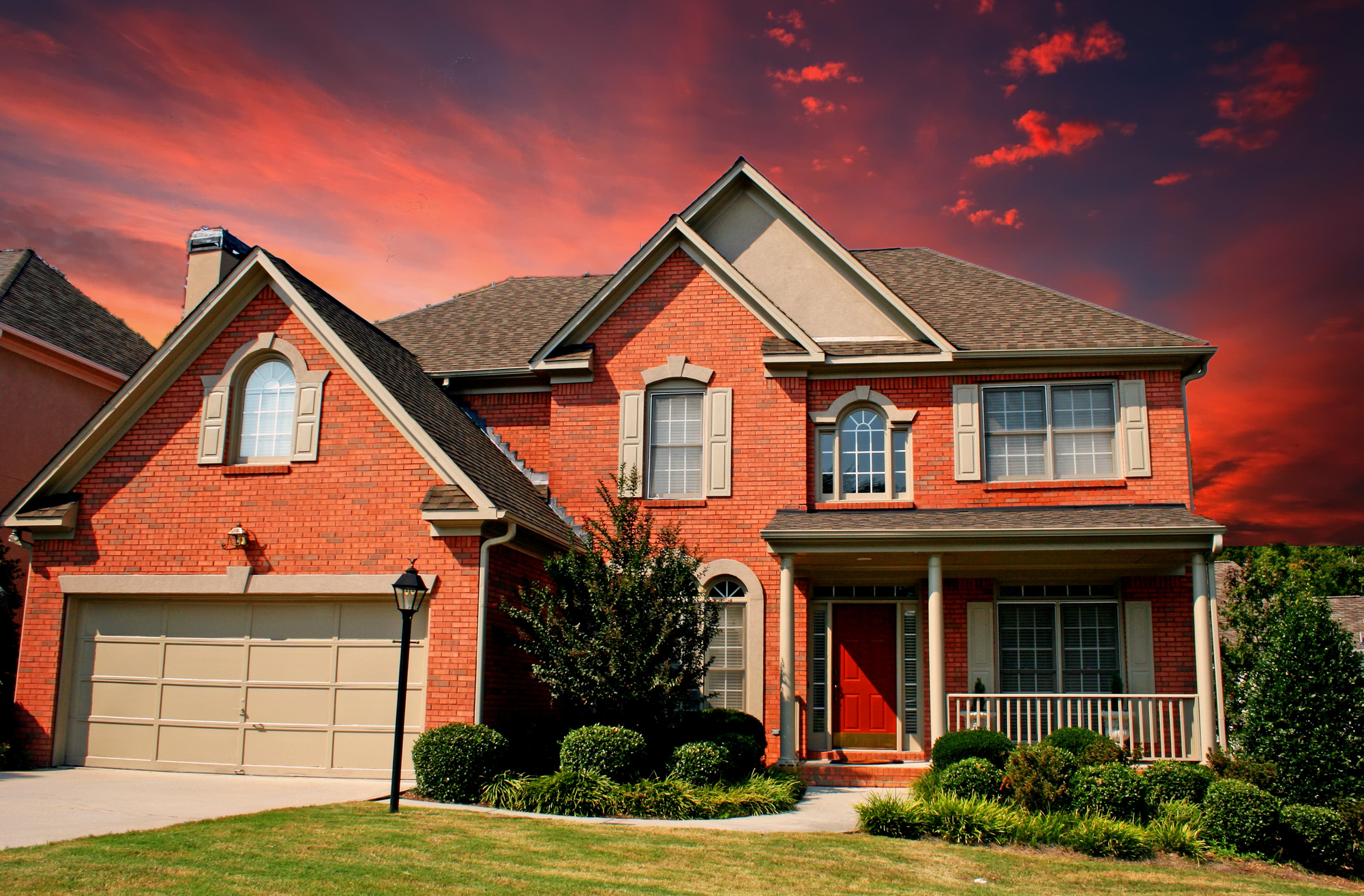Fernandina Beach FL is a beautiful place to live, but homeowners who want to paint the outside of their homes need to consider the weather conditions carefully. With its warm, tropical climate, the state is a great place to paint all year. However, in Fernandina Beach FL, high humidity, frequent rainstorms, and extreme heat can make it challenging to paint the exterior of a house. To get a result that will last and look good, it’s important to know the best time to do the job. In this piece, we’ll talk about when the best time to paint the outside of a house in Fernandina Beach FL is over and give homeowners tips to help them plan their painting projects well.
When Is Exterior House Painting Season Over?
The exterior house painting season is typically considered over when weather conditions become unfavorable for successful paint application and drying. This usually occurs during high humidity, frequent rain, or extreme temperatures. In Fernandina Beach FL, the exterior painting season ends as winter approaches, as cold temperatures can impede paint adhesion and curing. However, the exact timing varies based on the climate of the specific location. In colder climates, it may end as early as late September or early October, while in milder regions, it might extend into November. Homeowners should aim to complete their exterior painting projects before these conditions set in to ensure a smooth and long-lasting finish on their homes.
The time of year to paint the outside of a house depends on the weather, which affects how well paint goes on and dries on the outside of a home. It is usually over when the conditions are no longer suitable for a paint job that will last and look good. Several important things decide when the outdoor painting season is over.
If you’re planning to paint the exterior of your house, it’s essential to remember that timing is crucial. To ensure the best results, hiring professional exterior painters who understand the ideal time to undertake the task is recommended. It’s usually best to finish a painting in areas with varying seasons before winter. Cold weather can make it challenging for the paint to adhere and dry properly, resulting in suboptimal outcomes. Therefore, it’s crucial to locate skilled exterior painters who can complete the project before late September or early October.
Residential painting contractors know that painting the exterior of a house requires careful consideration of weather conditions. High humidity and rain can cause problems like burning, peeling, and uneven surfaces. It’s important to pay attention to the weather forecast and plan painting projects accordingly. In some places, the season for painting the outside of a house might end when it rains and is hot, which can happen in the summer. Hiring experienced residential painting contractors can help ensure a successful and long-lasting paint job.
In places with warmer weather, exterior painters may be able to paint the outside of your house until November. But homeowners should pay close attention to the weather patterns in their area to figure out when the best time is to hire exterior painters for the job.
Overall, if you want to paint the outside of your house, you need to know how the weather affects how the paint goes on and dries. If the painting is done at the right time of year, the finish will last longer and look better, protecting and improving the look of the outside of the house.
Is There Special Paint for Cold Weather?
Halls Quality Painting knows that some paints are specially made for cold weather. These paints are designed to work best at lower temperatures, making them perfect for use in cold places where regular paints might not have the same qualities. Using cold-weather paints, Halls Quality Painting can ensure that their paint jobs stick better, dry faster, and last longer, even in the coldest conditions.
One of the most important things about cold-weather paint is that it doesn’t freeze. Regular paint can freeze at lower temperatures, which can cause it to clump and make it useless. On the other hand, cold-weather paints have additives that keep them from freezing, so they can be used even in colder regions.
Also, the minimum temperature at which cold weather paints can be used is lower. Normal paints have to be applied and dried at temperatures above 50°F (10°C), but cold weather paints can be applied at temperatures as low as 35°F (1.5°C). This trait lets painters work when the weather is cooler, like at the beginning of spring or at the end of fall.
Also, these paints have better adhesion qualities that help them stick to surfaces well, even when cold outside. They also dry faster, so there is less time for frost or dew to damage the paint.
Even though cold weather paints have these benefits, they can’t be used in freezing temperatures or snowy surfaces. If it’s too cold to paint, it’s best to wait until the weather improves. To get the best results with cold weather paint in colder places, following the manufacturer’s directions and taking the right precautions is important.
Ready for Exterior Painting?
Are you looking for expert assistance with your exterior home painting project? Look no further! Our team of skilled painters can offer guidance and support from color selection to scheduling, ensuring your project meets your expectations. We’ll work with you to choose paint colors that complement your home’s architecture and surroundings and help you plan your project around local weather patterns and peak painting seasons. Whether you need advice on cold-weather paint types or Florida’s ideal painting period, we’ve got you covered. Contact Halls Quality Painting today to transform your home into the dream home you’ve always wanted!

